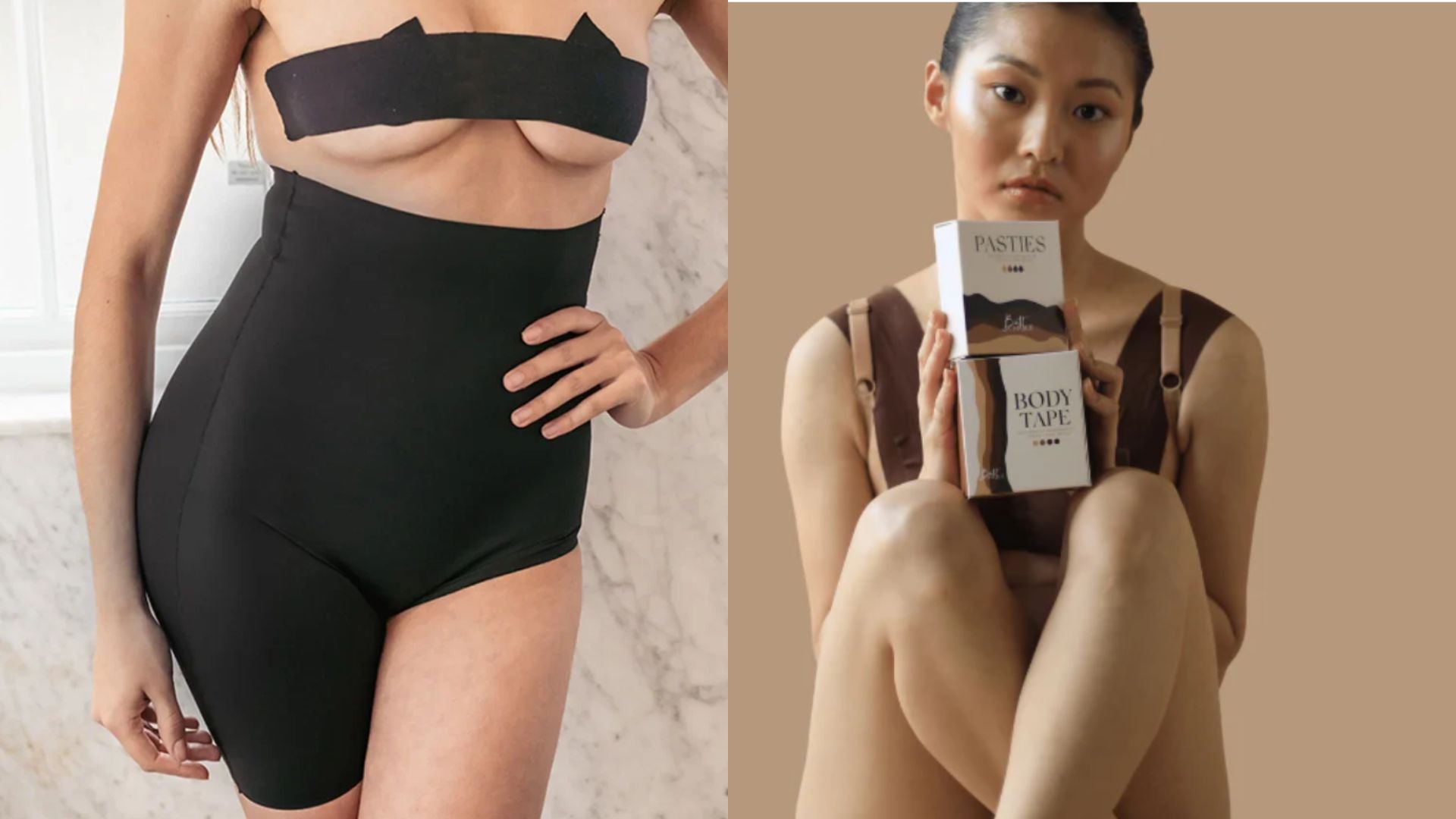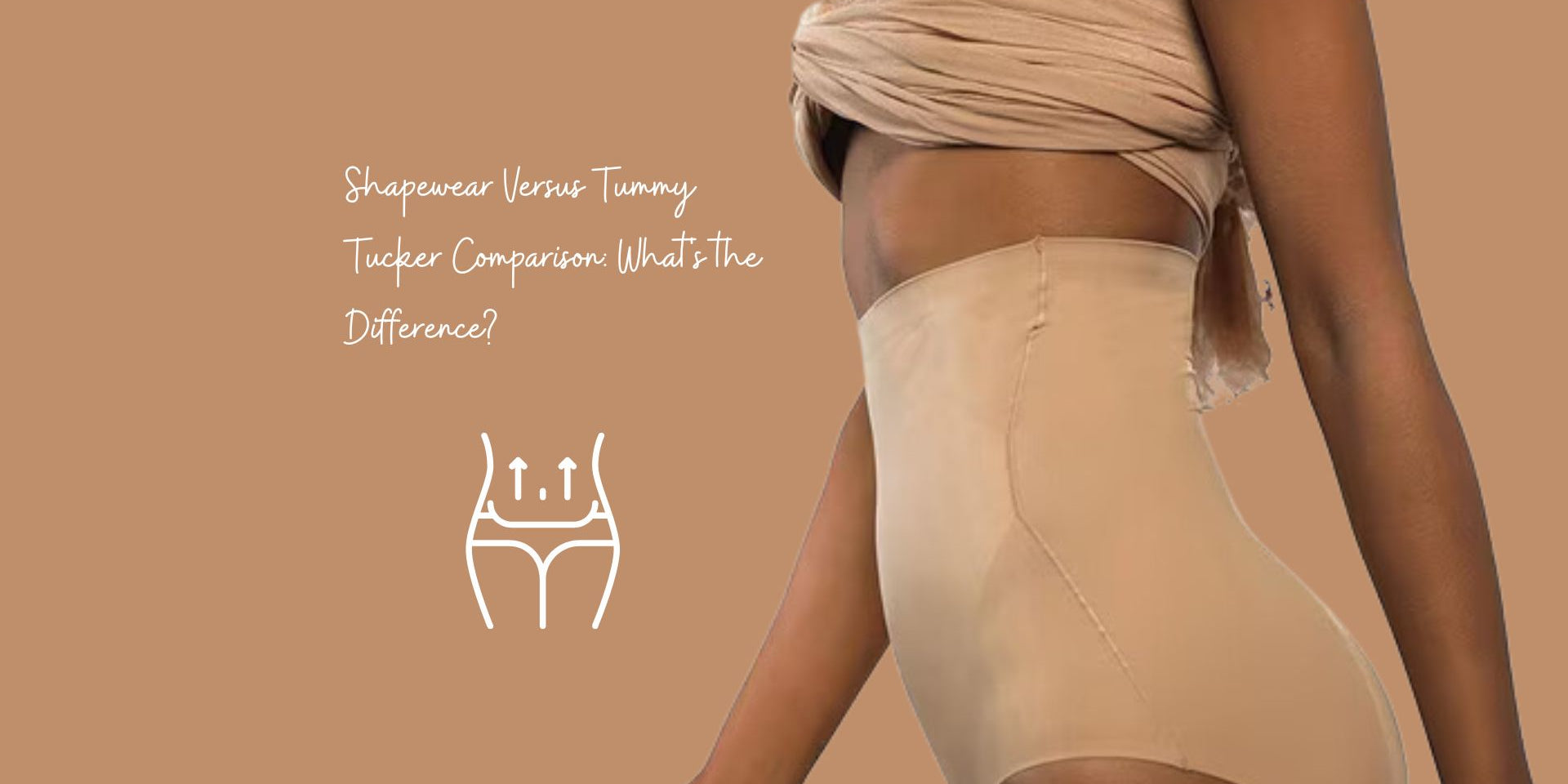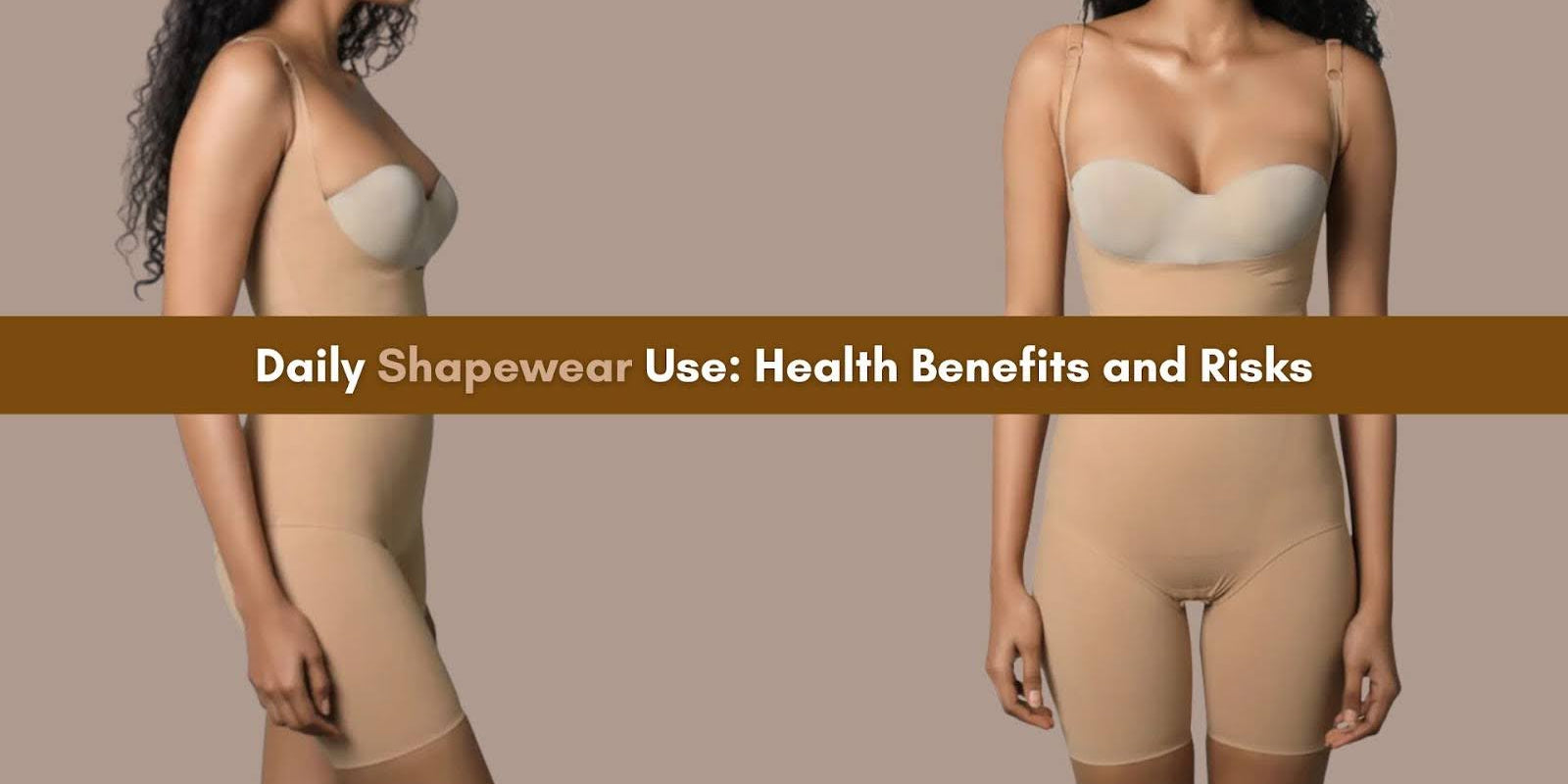Boob Tape Safety: Is It Safe to Tape Your Breasts?

Common Concerns about Safety
When it comes to taping breasts, several safety concerns arise:
Skin Irritation: Many users report experiencing skin irritation due to the adhesive in the tape. This can lead to redness, itching, and in some cases, a rash. Those with dry skin or prone to heat rashes may be particularly susceptible.
Improper Use: Using boob tape incorrectly can result in discomfort, skin tearing, or injuries. Users often overlook detailed instructions, which may lead to improper application and potential damage to breast tissue.
Duration of Use: Experts recommend limiting wear time to prevent overheating and skin damage. It is typically advised not to exceed 6 hours of continuous wear, as prolonged use may lead to red marks, bumps, or more severe skin reactions.
Sensitivity: Individuals with sensitive skin or specific skin conditions might experience higher risks of irritation or allergic reactions. It's crucial to perform a patch test before full application.
Proper Techniques for Taping
To ensure safe use of boob tape and maintain breast health, consider these best practices:
Skin Preparation: Always ensure the skin is clean and dry before application. Oil, lotions, or perfumes can affect adhesion and cause skin reactions. Avoid using body oils before applying tape.
Patch Test: Before full application, perform a patch test by applying a small piece of tape to your skin for a few hours to check for any adverse reactions.
Application: Start by cutting the tape into appropriate lengths. Apply it gently, avoiding extreme pressure that could harm sensitive areas. For added comfort, consider using nipple covers before applying the tape.
Wear Time: Begin with short wear periods (3-4 hours) to test how your skin reacts before longer uses. This is especially important if you're prone to heat rashes or have sensitive skin.
Removal: Carefully remove the tape to minimize discomfort. Pull in the direction of hair growth, and consider using an oil or adhesive remover for easier removal. Never forcefully remove boob tape, as this can damage breast tissue and cause pain.
Expert Opinions
Industry experts generally agree that while using boob tape can be safe, proper techniques are crucial. CE-approved and hypoallergenic products tend to pose fewer risks.
Dr. Jane Smith, a dermatologist specializing in skin health, states, "With the right application and awareness of individual skin sensitivity, many can enjoy the benefits of boob tape. However, caution must be taken with prolonged use or improper application, which can lead to serious discomfort or injury".
Dr. Michael Johnson, an oncologist, adds, "While there's no direct evidence linking boob tape use to an increased risk for breast cancer, it's crucial to maintain regular breast cancer screenings as recommended by the American Cancer Society. Early detection remains key in breast cancer treatment."
Additional Safety Considerations
Thin Skin and Age: Individuals over 50 may have thinner skin that's more prone to marking. It's recommended to limit wear time to 4 hours initially and gradually increase if no issues arise.
Allergic Reactions: If you experience itching, irritation, burning, or any discomfort, remove the tape immediately. This may indicate an allergy to the adhesive.
Heat and Body Temperature: Be mindful of using boob tape in extreme heat situations. As body temperature rises, sweat may not evaporate fast enough under the tape, potentially leading to water blisters or exacerbating issues for those prone to heat rashes.
Sunburned Skin: Avoid applying boob tape to sunburnt skin or skin that's sensitive and warm from sun exposure. This increases the chance of the adhesive bonding too tightly to your skin, making removal painful and potentially damaging breast tissue.
Breast Health Awareness: While using boob tape, remain vigilant about your breast health. If you notice any unusual changes or discomfort in your breast tissue, consult a healthcare professional promptly.
Choosing the Right Boob Tape
When selecting boob tape, consider the following:
- Hypoallergenic Properties: Opt for tapes that are certified hypoallergenic to minimize the risk of skin reactions, especially if you have sensitive or dry skin.
- Medical Grade Adhesive: Look for products that use medical-grade adhesives, as these are generally safer for skin contact and less likely to cause irritation to breast tissue.
- Skin Tone Matching: Choose tapes that match your skin tone for a more natural look under clothing, whether it's a backless dress or a revealing top.
- Breathability: Select tapes made from breathable materials like cotton to reduce the risk of skin irritation and allow your skin to breathe, especially important for those prone to heat rashes.
Application Techniques for Different Outfits
Backless Dresses: For backless dresses, start by applying strips of tape from underneath the breast, lifting and securing to achieve the desired shape and support.
Plunging Necklines: When wearing tops or dresses with deep necklines, use a crisscross pattern with the tape to create lift and cleavage while ensuring coverage.
Strapless Tops: For strapless outfits, create a U-shape with the tape, starting from the outer side of one breast, going under, and up to the outer side of the other breast.
Removing Boob Tape Safely
Proper removal is crucial to maintain skin and breast tissue health:
- Soak in warm water or take a warm shower to loosen the adhesive.
- Apply oil (such as coconut or baby oil) along the edges of the tape.
- Gently peel off the tape, supporting your breast with your other hand.
- If you encounter resistance, apply more oil and wait before continuing.
- After removal, cleanse the area and apply a moisturizer to soothe the skin.
Breast Health and Regular Screenings
While using boob tape, it's essential to maintain awareness of your breast health:
- Perform regular self-examinations to familiarize yourself with your breast tissue.
- Schedule routine mammograms as recommended by the American Cancer Society.
- Be aware of any changes in your breasts, such as lumps, skin changes, or nipple discharge.
- Remember, early detection of breast cancer significantly improves treatment outcomes.
Conclusion
Boob tape can be a practical and fashionable solution for those looking to forgo traditional bras, especially for specific outfits like backless dresses or plunging necklines. Understanding the safety precautions and application techniques is vital for maintaining breast health and preventing skin issues. By following expert recommendations and being aware of your body's reactions, using boob tape can remain a safe fashion choice.
Remember, everyone's skin is unique, and what works well for one person may cause issues for another. It's essential to pay attention to your body's response and adjust your usage accordingly. While boob tape can provide temporary support and shaping, it should not replace regular breast health practices, including self-examinations and professional screenings.
By combining fashion-forward choices with health-conscious practices, you can confidently use boob tape while prioritizing your overall breast health and well-being.
FAQ Section
Is it safe to tape your breasts?
Yes, it can be safe if proper techniques and products are used. However, individual skin sensitivity and correct application are crucial factors. Always perform a patch test first.
What are the risks of using boob tape?
Risks include skin irritation, improper use leading to injury, and allergic reactions. Prolonged use or use in extreme heat can also cause issues, especially for those prone to heat rashes.
How can I tape safely?
Prepare your skin, apply correctly, limit wear time, and use gentle removal techniques. Always follow the manufacturer's instructions and avoid using body oils before application.
Can everybody use boob tape?
Not necessarily. Those with sensitive skin, specific skin conditions, or individuals over 50 should consult a professional first and exercise extra caution. It's important to consider your skin type and any pre-existing conditions.
How long should I wear boob tape?
Experts suggest not exceeding 6 hours of continuous wear. For first-time users or those with sensitive skin, start with 3-4 hours and gradually increase if no issues occur. Always monitor your skin for any signs of irritation or discomfort.



